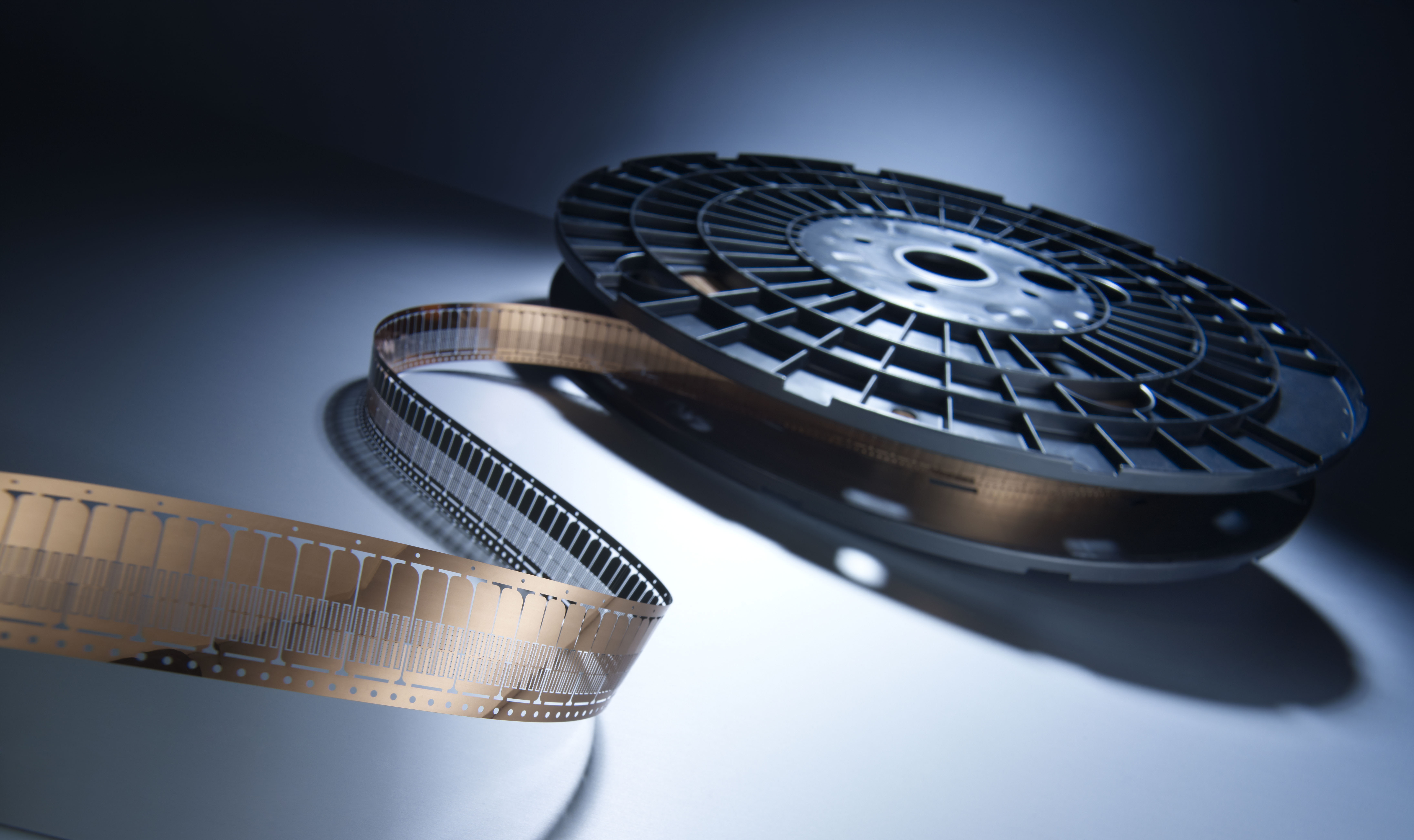
In recent years, photo chemical etching (PCE) become a viable alternative to legacy metal fabrication technologies and is seen in many applications as the only technology that can achieve the repeatability, accuracy, and geometric complexity demanded by OEMs from across myriad industries.
The PCE process, such as those provided by micrometal GmbH, has characteristics that play to many of the goals that OEMs making precision metal parts require in today’s highly competitive market. The process can produce intricate parts with tolerances as low as ±7 microns depending upon material and its thickness, this tolerance attainment being unique among all alternative metal fabrication technologies.
The PCE process is further characterized by the fact that it produces parts without degrading material properties, stress- and burr-free parts being manufactured with no limitations when it comes to complexity. It can also be used on a broad range of metals and alloys, the “art” often being seen as the creation of different etchant chemistries that can manufacture parts from even difficult to process metals such as aluminium, titanium and hardened metals.
Specific process attributes
Design engineers need to be aware of the specific attributes of the process, as various process characteristics enable the design and manufacture of innovative parts impossible to create with traditional fabrication technologies. In addition, they must be aware of the cost implications of the use of PCE.
Jochen Kern, head of sales and marketing at micrometal said, “PCE is a subtractive metal processing technology, using chemicals to erode areas of sheet metal to form the shape of a required part or component. Because of this, the cost of the process is made up of the cost of the sheet metal, the cost of the photo-resist, the chemicals used to erode the metal, water, power, treatment of waste, machine usage, and labor.”
Most of the labor-related overhead involved in the PCE process involves sizing sheets and production of tooling, sheet cleaning, lamination with photo-resist, printing, developing, photo-etching, and stripping, and the cost remains constant regardless of the size of the metal sheet being processed. Because of this, the best economies in terms of cost per part can be achieved by processing small components on large thin sheets, as the thicker the sheet the more processing time is needed. The micrometal HP Etch and Etchform technology can process sheets up to 600 mm by 800 mm and down to thicknesses of 3 microns allowing the attainment of impressive yields and therefore keeping unit costs low, said Kern.
“However, it is not just the number of parts per sheet that is important when looking at PCE,” said Kern. “The process is agnostic to part complexity, and so where you would expect the part cost to increase with geometric complexity with legacy metal fabrication processes, there is no cost increase with PCE however complex the part. In addition, the process allows the production of many different parts on a single sheet, which has massive positive cost implications. The process uses digital or glass tooling, which is considerably less expensive than tools used for stamping with hugely reduced lead times. Digital tooling also allows inexpensive late-stage re-iterations, which are often prohibitively expensive when using hard tooling.”
Any ability to reduce manual intervention in the process also reduces the cost of the process as contingent labor costs are reduced. The micrometal company offers a completely automated PCE process, which slashes labor costs, and makes its per-unit price especially competitive.
“When selecting a PCE specialist to work with, it is important to see them as product development partners rather than just a job shop,” Kern added. “Producing parts at the best price possible is a product of ensuring that material thickness, design parameters, required tolerances, and required quantities are optimized.
“Typically, design engineers will specify thicknesses greater than required, and require tolerances tighter than needed. Designing for the economy in PCE means ensuring that you do not use too much metal, that you do not specify too tight tolerances, and that you do not specify feature sizes that are too small for the sheet thickness. Your PCE partner will be able to advise you on all of this, and will therefore ensure that you benefit from the most cost-effective fabrication technology available for precision metal parts and components.”
For more information, visit www.micrometal.de.
Related Glossary Terms
- alloys
alloys
Substances having metallic properties and being composed of two or more chemical elements of which at least one is a metal.
- hard tooling
hard tooling
Tooling made for a specific part. Also called dedicated tooling.
- tolerance
tolerance
Minimum and maximum amount a workpiece dimension is allowed to vary from a set standard and still be acceptable.






